Samaaro + Your CRM: Zero Integration Fee for Annual Sign-Ups Until 30 June, 2025
- 00Days
- 00Hrs
- 00Min
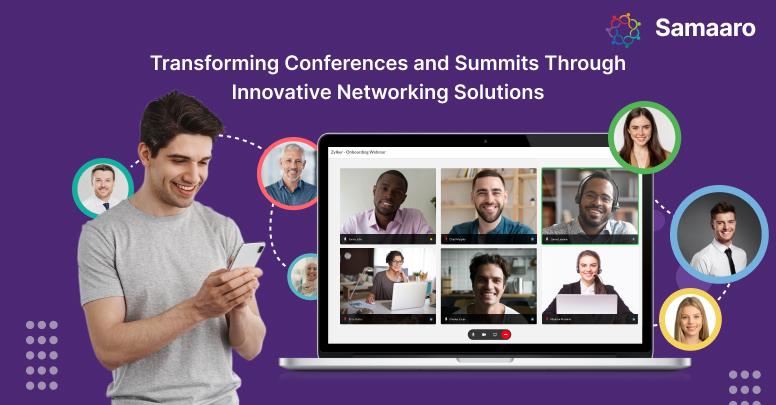
In today’s fast-paced business world, conferences and summits have transformed from basic knowledge-sharing events to vital platforms for networking, collaboration, and business growth. As modest organisations take on the responsibility of planning and hosting these events, the challenge is to create an atmosphere that provides value to both attendees and sponsors.
To accomplish this, technology has become a game-changer, and mobile web applications, especially those with sophisticated networking features, have emerged as a potent tool. In this blog, we’ll examine how conferences and summits can become more ROI-driven, particularly for small organisations that want to offer attendees and sponsors an exceptional experience.
The power of networking has been recognised for a long time. Networking is typically defined as the art of developing and sustaining relationships. Networking at conferences and summits is more than just exchanging business cards; it’s an intentional strategy that may increase return on the investments (ROI) for everyone involved. Let’s talk about how you can exponentially boost networking in your events considering the new tools and techniques that are making it easier to make genuine relationships.
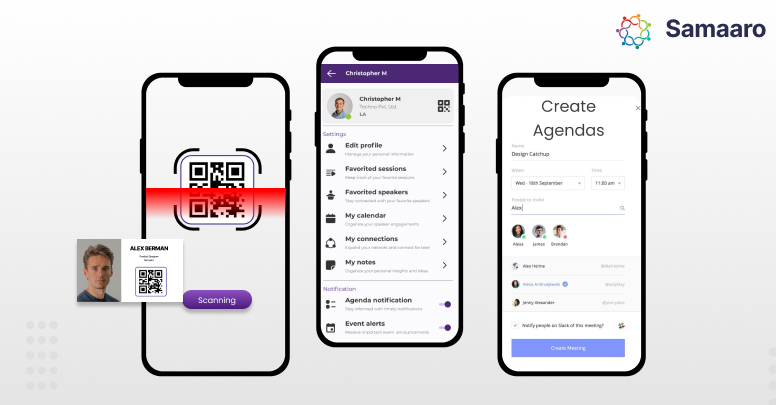
Conventional means of social interaction are changing in today’s digital era. Mobile event apps have changed the face of conferences by providing a streamlined and engaging medium for gathering information, interacting with presenters, and making new connections among attendees.
The capacity to facilitate greater social interaction is a notable function of today’s event apps. Participants can build digital profiles, build relations, and exchange ideas within a unified online community. However, solutions like pre-meeting planner are the genuine game-changers, since they are a technological advancement that may rethink the networking possibilities of gatherings like conferences and summits. Read this in-depth blog post to learn more about the Mobile Event App and its potential for energising your audience.
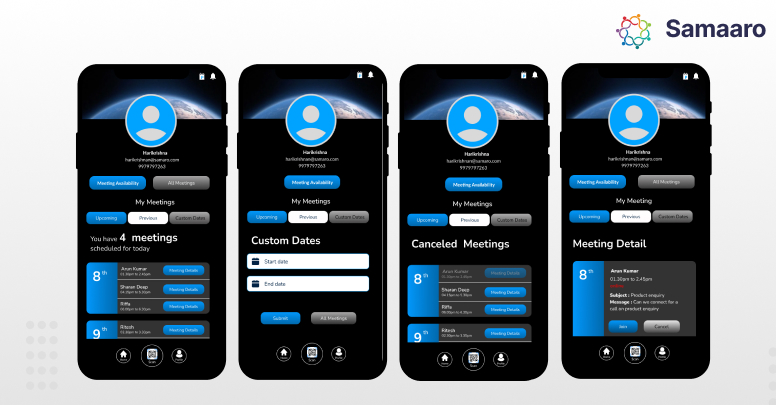
This feature allows participants to schedule meetings with sponsors in advance to discuss topics of particular interest. Attendees can have meaningful interactions, sponsors can showcase their products, and organisers can measure results with ease. As the nature of conferences changes, the use of such cutting-edge methods is crucial to ensuring that participants leave having gained something of value.
Here’s how it transforms the conference landscape:
To maximise the impact of these events, it is essential to put forward a strategic perspective. Creating detailed profiles of both delegates and sponsors, then utilising event apps, leveraging organiser controls, and analysing meetings reports, is a key strategy for enhancing your event experience. To unravel a successful networking journey, let’s delve into each of these aspects.
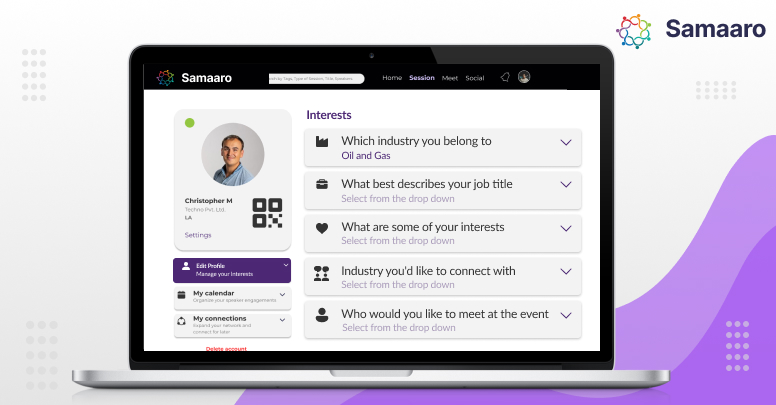
1. Building Comprehensive Profiles
When planning an event, you should begin by collecting as much information as possible about the delegates and sponsors who will be in attendance. This includes registration information, biographical data, interests, and objectives. By understanding the demographics and motivations of your fellow attendees, you will be in a better position to identify potential connections and conversations that align with your own goals.
Participants’ industries, occupations, and geographic locations can be determined through the collection of registration data. This information facilitates the identification of synergies and shared interests.
2. Mobile Event Apps
With Mobile Web Event Apps, you can make events that are interesting, bring people together, and have an effect that lasts. The ability to edit your profile within the application is a crucial feature. This allows you to highlight your expertise, interests, and goals, providing attendees with a clearer picture of what you contribute to the table.
The application can also recommend pairings based on shared hobbies, professions, or objectives. Consider utilising the app’s “wishlist” feature, which allows you to convey interest in connecting with specific people. You can also check out our detailed blog on Mobile Event Apps & its Features.
3. Organizational Controls
Organisers play an integral part in facilitating productive networking interactions. They offer the option to manage introductions in a more controlled manner, as they have the ability to control meetings. Approving or rejecting meeting requests ensures interactions are pertinent and productive, maximising the time investment of participants.
In addition, organisers can assign meeting rooms and times, thereby establishing a framework that optimises the networking process.
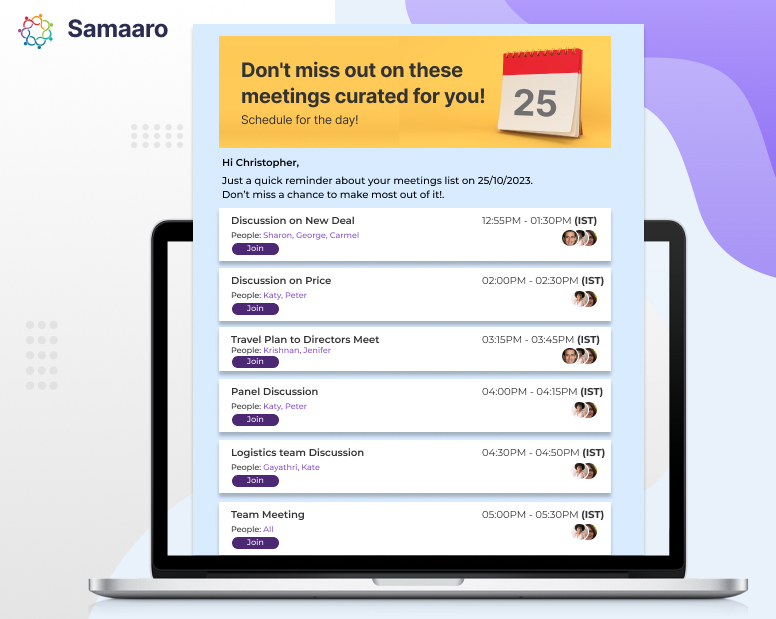
4. Meeting Schedule Communication
As the scheduled date of the event approaches, organisers can send out an announcement email comprising the final meeting schedule. This ensures that all attendees are on the same page and are aware of their impending responsibilities. This simplifies the procedure and eliminates confusion, enabling participants to adequately prepare for each interaction.
5. Meeting Reports & Analytics
Meeting reports become a treasure database of insights following the event. These reports include metrics such as the number of scheduled versus actual meetings. You can evaluate the efficacy of your networking strategy and identify areas for improvement by comparing these numbers.
In addition, collecting feedback from delegates and sponsors regarding their networking experiences can yield valuable insights for future event hosting.
Our approach to conferences and seminars must also change as the business environment evolves. Organisations can transform these events into catalysts for development, collaboration, and long-lasting relationships by adopting innovative networking solutions. In the domain of conferences and summits, where connections are currency, technology-driven networking solutions are the key to unlocking unmatched value for all participants.

Built for modern marketing teams, Samaaro’s AI-powered event-tech platform helps you run events more efficiently, reduce manual work, engage attendees, capture qualified leads and gain real-time visibility into your events’ performance.
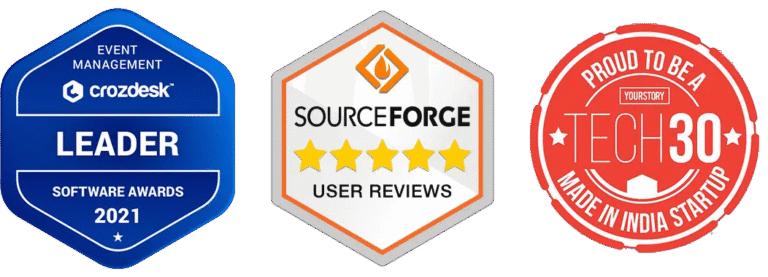
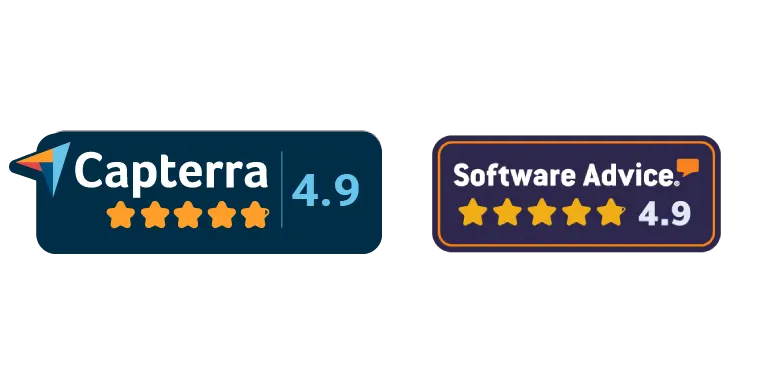
© 2025 — Samaaro. All Rights Reserved.